Miso paste is a traditional Japanese seasoning that has not only stood the test of time but also captured global culinary interest. Known for its rich umami flavor and health benefits, miso is made from fermented soybeans, salt, and koji (a fungus known scientifically as Aspergillus oryzae). As global interest in plant-based, probiotic-rich foods grows, so does the curiosity about where miso paste is primarily produced. This article explores the world’s largest miso paste producer, focusing on the cultural, historical, economic, and industrial factors that make Japan the global leader in miso paste production.
What Is Miso Paste?
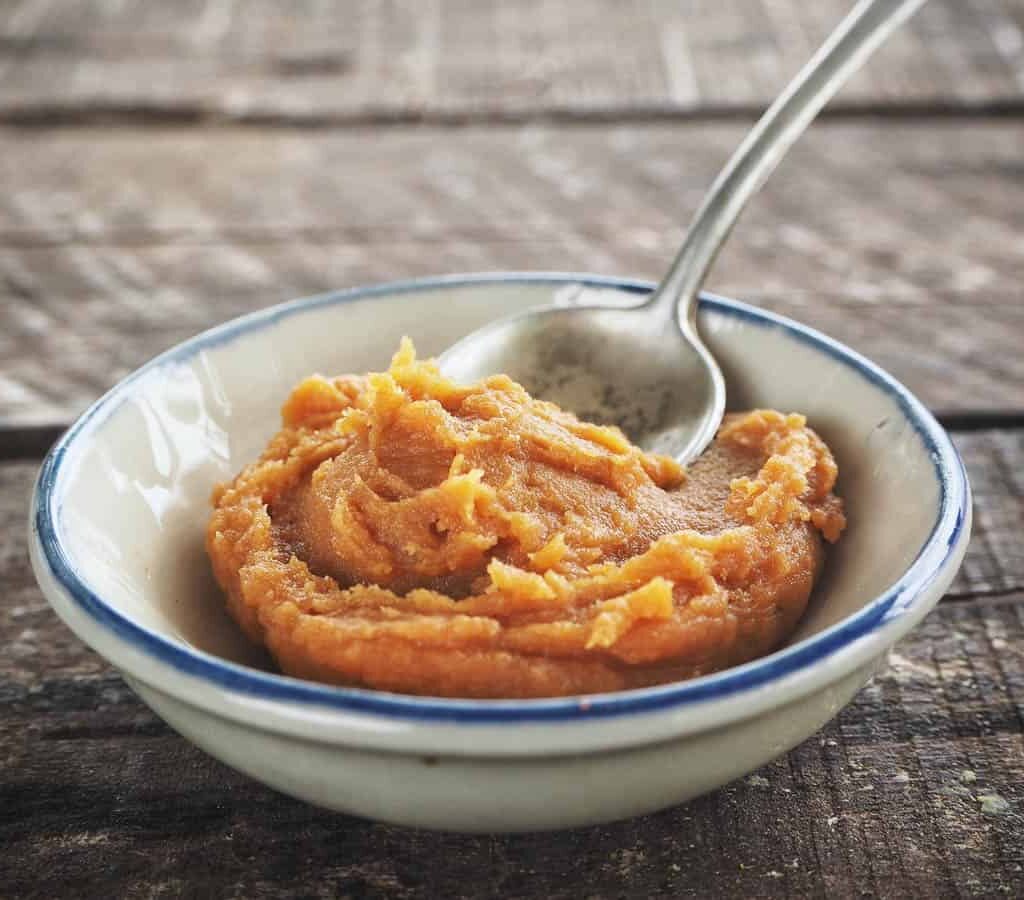
Miso paste is a fermented food product that has been an integral part of Japanese cuisine for more than 1,300 years. There are various types of miso depending on ingredients and fermentation time:
- White Miso (Shiro Miso): Mild and sweet, often used in light soups and dressings.
- Red Miso (Aka Miso): Stronger, saltier flavor with a longer fermentation period.
- Mixed Miso (Awase Miso): A blend of white and red miso, offering balanced flavor.
It is used in numerous dishes including soups, marinades, sauces, and even desserts. Beyond flavor, miso is rich in essential amino acids, vitamins (especially B12), and probiotics that promote gut health.
Japan: The Birthplace and Largest Producer of Miso
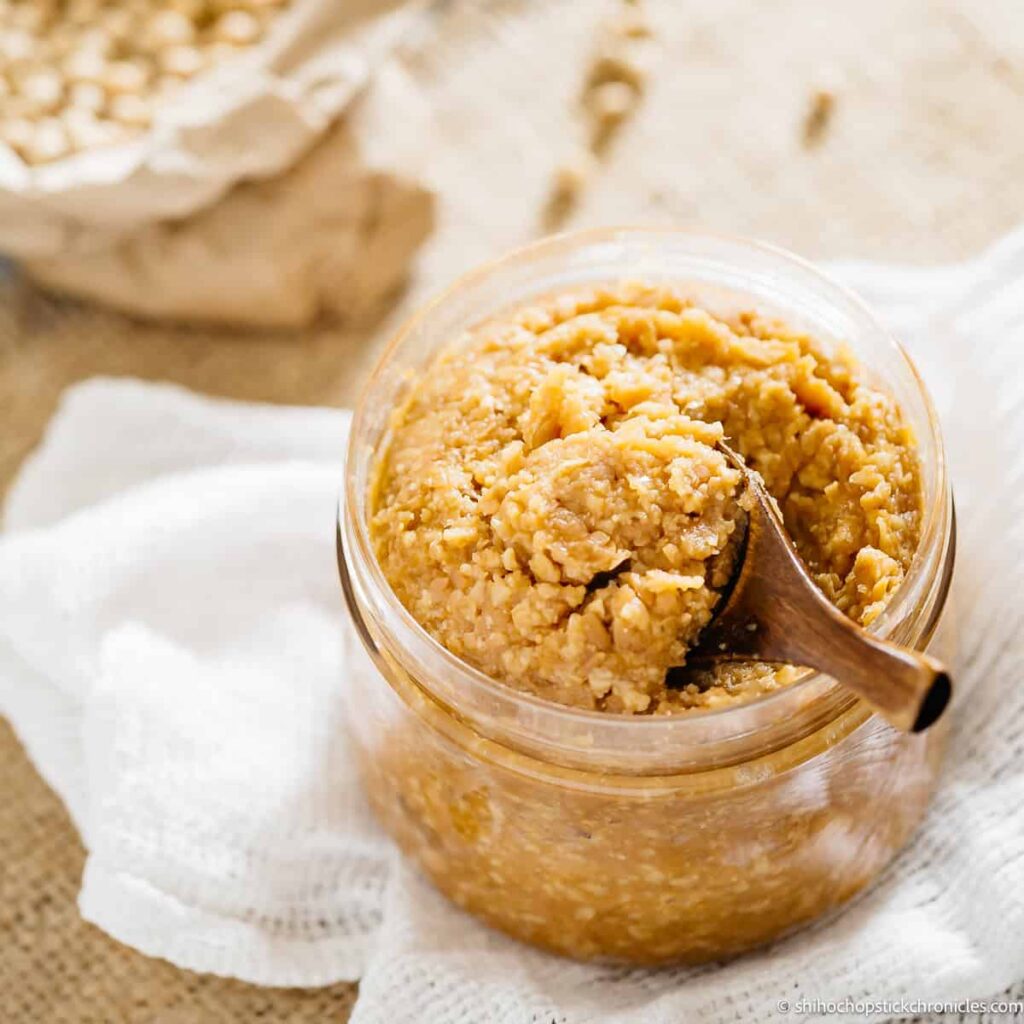
Without a doubt, Japan is the largest producer of miso paste in the world. The reasons are deeply rooted in the nation’s history, dietary habits, industrial infrastructure, and cultural heritage.
1. Historical and Cultural Significance
Miso production in Japan dates back to the 7th century and has always been associated with tradition, spirituality, and health. The earliest form of miso was imported from China and Korea, but over time it evolved into a uniquely Japanese product. Buddhist monks popularized its use as a protein source in vegetarian diets, and samurai carried miso as battlefield rations. Even today, miso soup is a staple in most Japanese households and served in nearly every meal.
2. Industrial and Commercial Leadership
According to data from the Japan Fermented Food Industry Association (JFFIA), Japan produces approximately 400,000 to 500,000 metric tons of miso annually, making it the undisputed leader in global production. More than 1,000 companies produce miso in Japan, ranging from small family-owned operations to large-scale industrial manufacturers.
Notable Japanese miso producers include:
- Marukome Co., Ltd. – One of the largest miso producers with both domestic and international reach.
- Hikari Miso Co., Ltd. – Known for its organic miso products.
- Marusan-Ai Co., Ltd. – Focuses on soy-based foods including miso and soy milk.
3. Domestic Consumption and Global Exports
Japan’s domestic market consumes the majority of its miso. The average Japanese person consumes around 5-6 kilograms of miso per year, which highlights its prominence in daily diets. However, export trends are also growing steadily. In 2023 alone, Japan exported over 8,000 metric tons of miso, primarily to the United States, China, Canada, the UK, and Germany.
The growing popularity of Japanese cuisine worldwide, especially through sushi restaurants and health-conscious vegan trends, has significantly boosted global demand.
Other Miso-Producing Countries
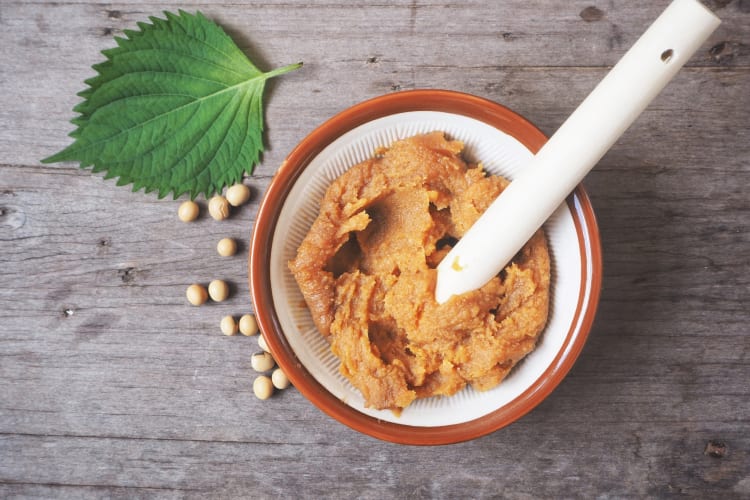
Though Japan dominates, other countries also produce miso or miso-style pastes either through local manufacturing or Japanese companies setting up international operations.
1. United States
The U.S. is the largest importer of Japanese miso and also a growing producer, especially in states like California and Oregon where Japanese food culture thrives. Companies such as South River Miso Company and Miso Master (by Great Eastern Sun) produce high-quality, organic miso using traditional fermentation techniques.
2. South Korea
South Korea produces similar fermented soybean pastes like Doenjang, which is often compared to miso. However, Doenjang is more pungent and has a different fermentation process. While not miso per se, Korean companies are beginning to produce miso for export due to growing international demand.
3. China
China has a long history of fermented bean pastes like Doubanjiang and Huangjiang, but in recent years has entered the miso market due to Japanese culinary influences. Still, the quality and reputation of Japanese miso surpasses Chinese variants.
Factors That Contribute to Japan’s Dominance
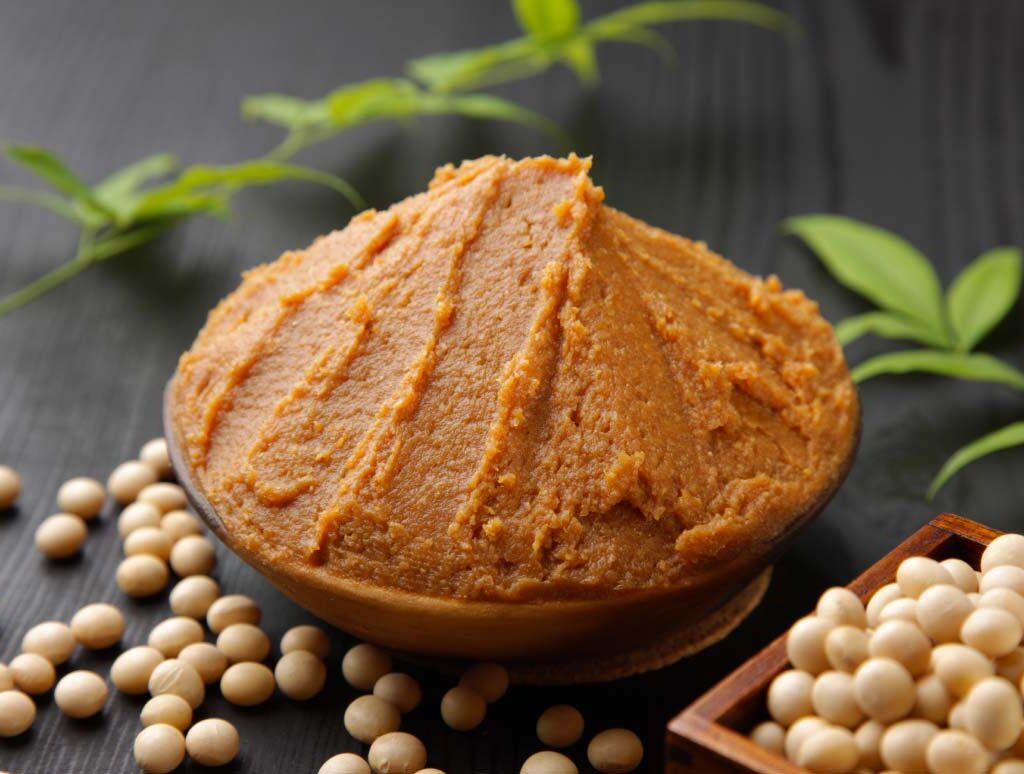
1. Quality Control and Innovation
Japanese manufacturers follow strict HACCP (Hazard Analysis and Critical Control Points) and ISO standards for hygiene, quality, and safety. Furthermore, innovation in miso production has led to:
- Instant miso soup packets
- Freeze-dried miso
- Low-sodium and additive-free versions
- Organic and non-GMO certified miso
2. Government Support and Branding
The Japanese government actively promotes fermented foods, including miso, under the umbrella of “Washoku” (Traditional Japanese Cuisine), which is recognized as an Intangible Cultural Heritage by UNESCO. This designation has boosted the profile of miso on a global scale.
3. Global Distribution and Marketing
Japanese companies have expanded globally through subsidiaries, joint ventures, and online sales. You can now find Japanese miso in Whole Foods, Walmart, Costco, and even Amazon.
Economic Impact
Miso is not just a cultural artifact but a significant contributor to Japan’s food industry. The domestic miso industry is worth over $500 million annually, and this number is growing due to increased health awareness and global demand.
Moreover, Japan’s food tourism includes visits to miso breweries where tourists can learn about the fermentation process, participate in workshops, and buy regional varieties like Shinshu miso (Nagano), Sendai miso (Tohoku), and Saikyo miso (Kyoto).
Health Benefits of Miso
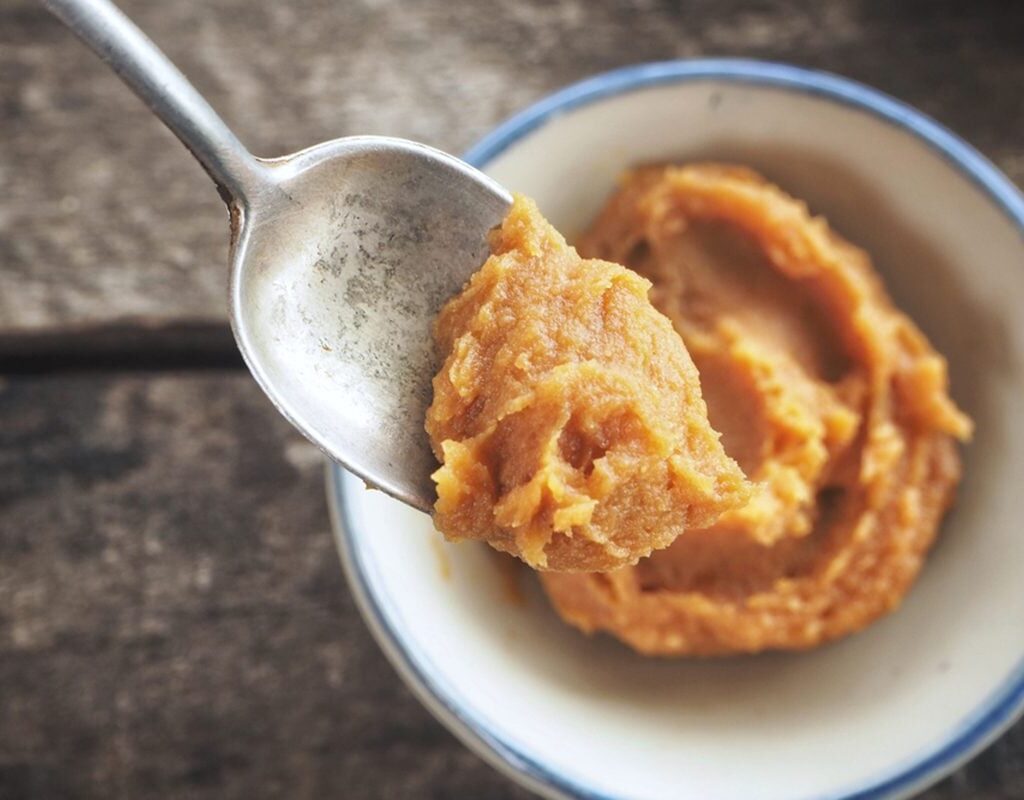
The global popularity of miso is also fueled by its scientifically proven health benefits:
- Rich in probiotics: Aids in digestion and supports gut health.
- High in protein and vitamins: A good plant-based protein source.
- Lowers blood pressure and cholesterol: Due to the presence of peptides and antioxidants.
- May reduce cancer risk: Some studies suggest fermented soy products reduce certain cancer risks.
These benefits have positioned miso as a functional food, leading to its inclusion in health-conscious diets around the world.
Conclusion
When it comes to miso paste, Japan remains the largest and most respected producer in the world. Rooted in centuries of tradition and continuously evolving with innovation, Japan’s dominance in the miso market is a product of cultural reverence, consumer loyalty, and global curiosity. From the kitchens of Kyoto to the shelves of Whole Foods, miso has made its mark as a symbol of wellness, tradition, and flavor. As the global demand for fermented, plant-based superfoods grows, Japan’s position as the leading miso producer is not only secure—it is thriving.
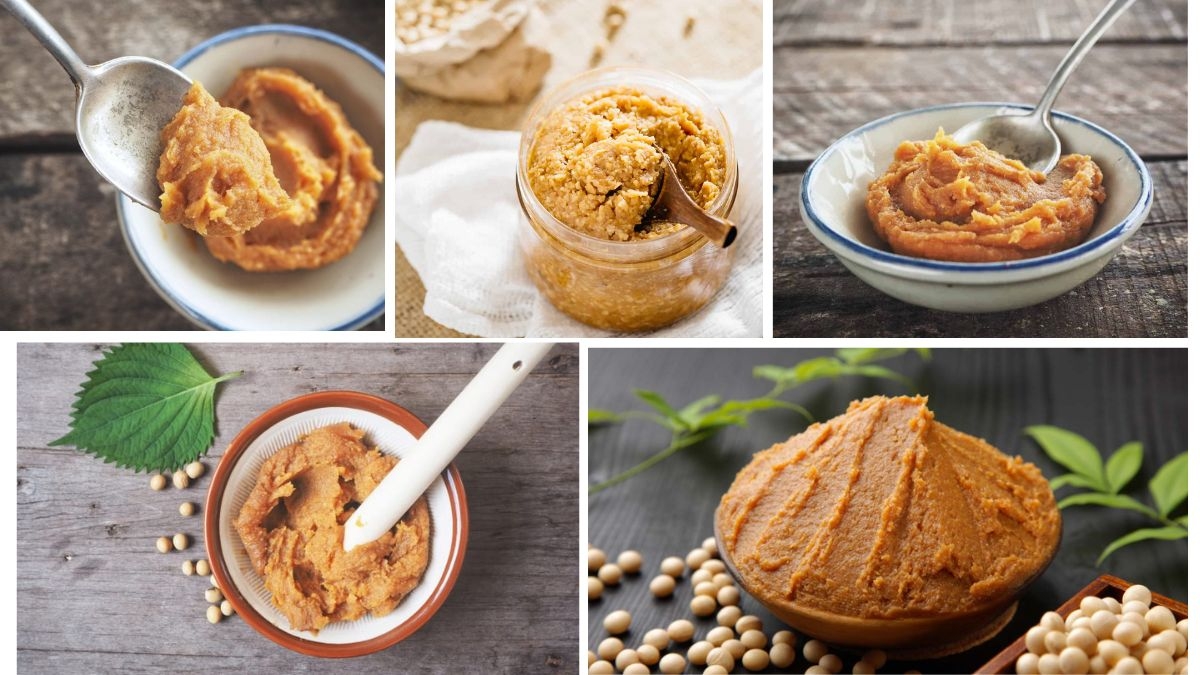



Leave A Comment